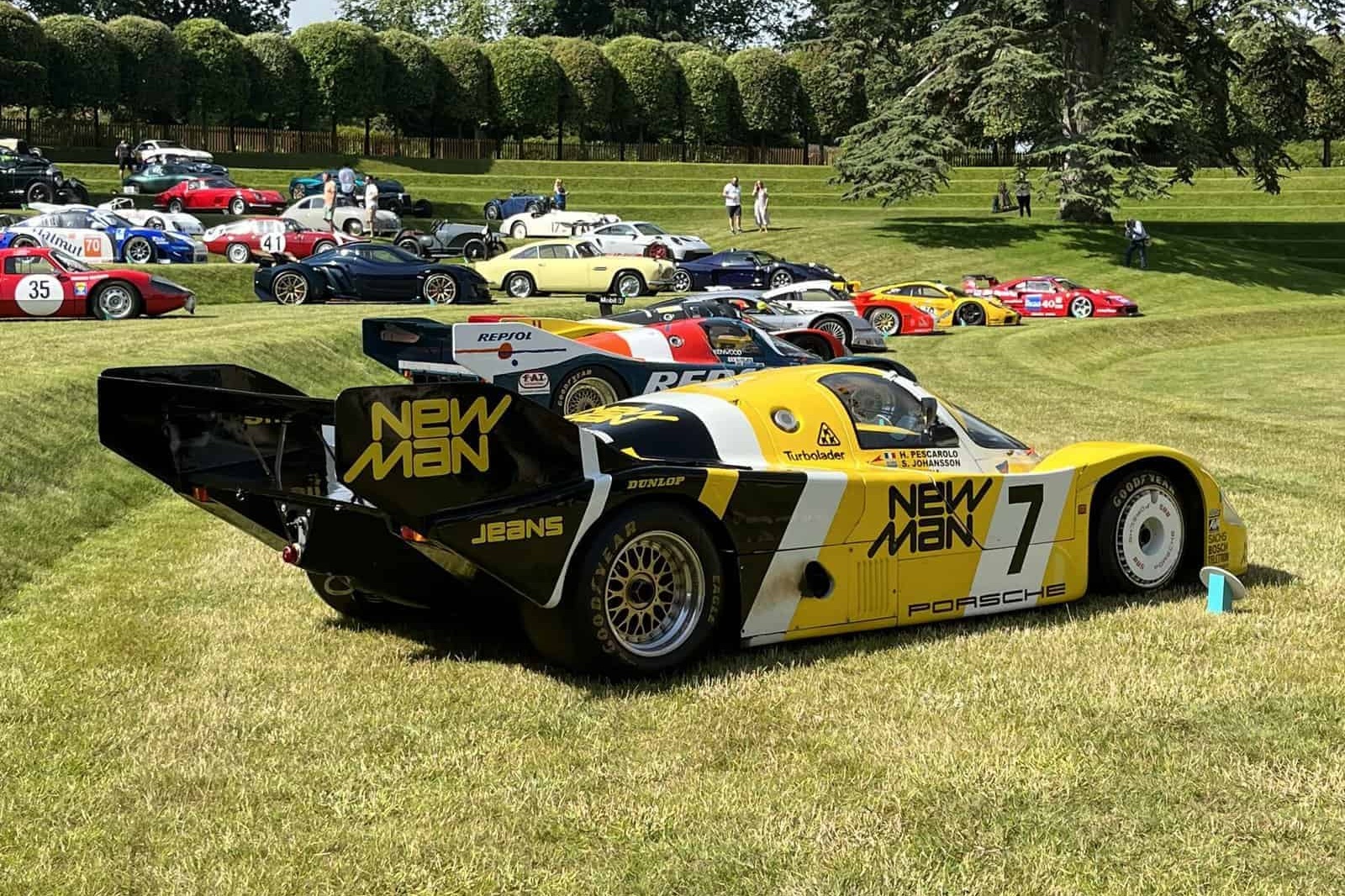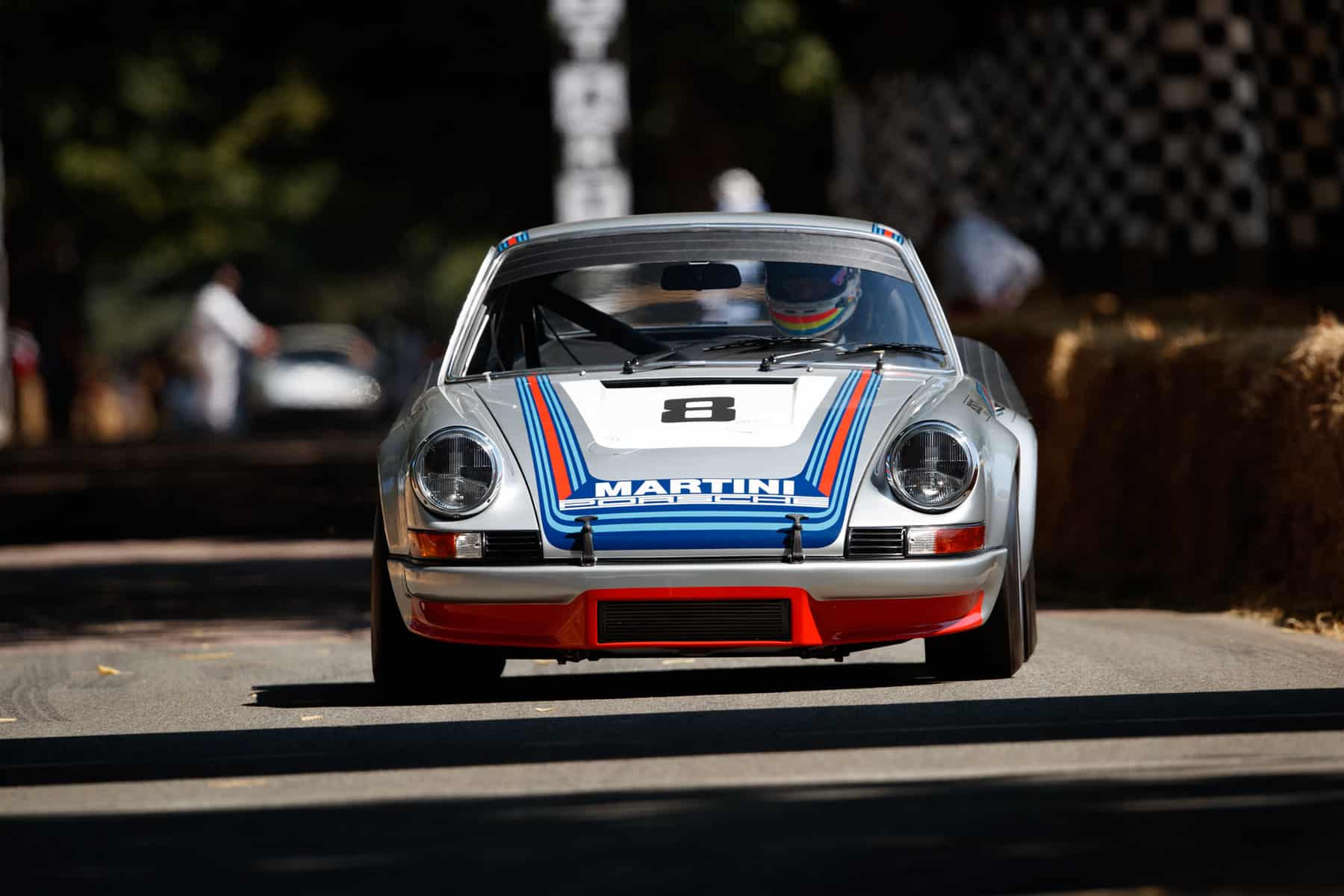From Maranello to Milan
The ASA 1000 GT Ferrarina saga
WORDS & IMAGES BY: KARL LUDVIGSEN
Few episodes in the seventy-five-year history of Ferrari were comparable to its creation of a small engine attractive enough to be put into production by a wealthy enthusiast. Was it a flop and if so, why? We lift the veil of mystery from this Italian adventure.
Enzo Ferrari’s annual meeting with journalists came in December, appropriate for summing up the past racing season and offering hints about the future. In 1959 the date was December 19th, a Saturday. Rising early, Enzo went to barber Antonio in Corso Canalgrande for his daily shave. His driver Peppino Verdelli brought around the gray 250 GT which Enzo drove to Maranello where a hundred press men were shown the latest Ferrari developments in racing and road cars. Then they congregated at Modena’s Hotel Palace where they interviewed the Commendatore.
One item seen at the factory went unmentioned in the meeting until a half hour in when writer Giovanni Vitagliano asked about it. They had all seen a small engine mounted on a stand with no explanatory placard. The only clue was a number cast into its valve cover: “854”. The “4” was obvious to students of Ferrari, for it was obviously a four-cylinder, but the “85” allowed many interpretations. Also on the factory grounds was a small blue coupe, anonymous but resembling something that Fiat would build.
“Ferrari’s commercial program is very simple,” Enzo began. “Ferrari builds the 250 Granturismo cars in various editions and the new 400 Superamerica, which will be displayed at the Brussels Motor Show. Ferrari has no possibility of manufacturing other designs. Ferrari studies prototypes, engines of different displacements. We can assure you that the results that this engine offered us are truly flattering but I rule out our manufacture of the engine or the car.”
That the engine powered the small car was now obvious. “Any manufacturer must always study more prototypes,” Enzo continued. “Times could change and he must not find himself without a work program. However, the 854 is an engine that fits my character, a controversial engine. I wanted to demonstrate how, by transferring the positive experiences of racing to a small-displacement engine, it was possible to create a light car with reduced fuel consumption that could offer exceptional performance. That’s why this car has disc brakes, why it has overdrive, why it has an engine that you can keep at full power on the motorway from Milan to Bologna.
“However, I exclude that that car will be called ‘Ferrari’,” the Commendatore cautioned. “I exclude that it would be produced by Ferrari. Nor am I of the opinion that the Ferrari name, even in the form of licensed production, can be used by other manufacturers. The Ferrari must be a twelve-cylinder car. Even if not produced in abundant volumes it is destined to remain a car of distinction that cannot stand still but must always tend to improve. The 850 could be a small car for young people who love a GT but we don’t have the means to think about a quantitative realization. This is the truth about this much discussed 850.”
The engine referred to, the seventy-eighth developed by the Ferrari company, had exceptional features for those days. It had hemispherical combustion chambers and inclined overhead valves, operated from a single overhead camshaft by rocker arms.
This was a direct adaptation of the principles of the V-12 engine gifted to Ferrari in 1947 by engineer Gioachino Colombo, with a symmetric valve-stem included angle of 60 degrees. As in the V-12, the drive to the camshaft was by gears and roller chains. Into 1957 all the Ferrari engines had exotic hairpin-type valve springs, which that year were being replaced by conventional coils. Thus coils closed the valves of the 854.
For the Type 854 Franco Rocchi transmuted the design principles of the famous Ferrari V-12s, the first of which had dimensions of 55 x 52.6 cc for 1,497 cc. For the 2.0-liter models the dimensions were enlarged to 60 x 58.8 mm. In 1951 the bore was enlarged to 65 mm for 2.3 liters with no change of stroke. This was the bore chosen for the 854, which with a 64 mm stroke gave a displacement of 849.49 cc—near enough to the “850” referred to by Ferrari in his remarks. An aluminum head rested on a cylinder block of the same material with wet iron cylinder liners and a five-bearing crankshaft.
From a base compression ratio of 9.0:1 three power outputs were possible, Ferrari said: 64 bhp at 6,000 rpm for touring, 72 bhp at 7,000 for grand touring and 84 bhp at 7,000 rpm for competition. “The important work of final tuning by Luigi Bazzi was particularly laborious,” Rocchi recalled, “with trials of different types of carburetors and jets for optimum tuning. I drove the car several times from Maranello to Reggio Emilia, enjoying its sportiness and brilliance. Before the final choice of the engine tune, we tested three more to arrive at one with 75 bhp at 6,800 rpm as presented to the press at Modena on December 29, 1959.”
Enzo Ferrari disclosed the engine’s power curves to technically adept French journalist Jean Bernardet: “The 26.5 bhp which the 850-cc engine of the Renault Dauphine develops at 4,250 rpm the mini-Ferrari gets at 2,500 rpm. The power curve, if you can call it that, is practically flat up to 6,400 rpm, the speed at which 75 bhp are obtained. As for the torque, the maximum of 64 lb-ft at 4,500 rpm corresponds to what the engine of a medium-sized car like the 1.3-liter Simca Aronde can deliver.”
Rocchi and his team designed the engine mounts, clutch dimensions, and other relevant parameters to make the engine a direct replacement for that of the Fiat 1100. “Toward the end of 1958,” coachbuilder Sergio Scaglietti recalled, “Enzo Ferrari called me into his office to tell me to prepare the bodywork of a small car that was supposed to house a four-cylinder engine of about 850 cc. As a basis we used a Fiat 1200 coupe made on the 1100 platform by Pininfarina with its wheelbase shortened by almost 20 centimeters.” The drive train was a Sunbeam Alpine four-speed transmission with a Laycock-de Normanville electrically controlled overdrive on third and fourth.
“Ferrari tried to involve some people from Fiat,” Giotto Bizzarrini related, “and I was charged with bringing some technicians from Turin to test the ‘Ferrarina’ on the winding roads from Maranello into the Apennines. The technicians were impressed by its performance. Later I had the industrialist Innocenti try the car and someone from Beretta. At that time the two Milan factories were considering the possibility of entering the automotive sector. The small submachine gun at the center of the 854 grille was intended to heighten the interest of Fabbrica d’Armi Beretta because they seemed the closest to mass-producing the ‘Ferrarina’.” A member of the Beretta family had indeed met with Ferrari to discuss the idea.
“I’m the one who drove the ‘Ferrarina’ most of all,” said American tester and racer Richie Ginther. “For a while I was the owner on its registration certificate. When I went to Monza I could cover the Autostrada from Modena to Milan, 160 kilometers from tollbooth to tollbooth, in just under an hour. The best memories of my test driving at Ferrari are linked to the ‘Ferrarina’. When I left Maranello at the end of 1961 to go to BRM I would have liked to take the car with me but of course that wasn’t possible.”
Following Ginther in an exodus from Maranello that 1961-62 winter were other notables including chief engineer Carlo Chiti and chassis expert Giotto Bizzarrini. With both setting up on their own account, Bizzarrini would have the most to do with the further progress of Enzo’s brainstorm. Although no form of production had yet appeared, Ferrari had enough faith in his inspiration to continue its evolution in a manner that would not be without cost to himself and his company.
Enzo authorized Franco Rocchi’s further work on the engine. He began with a modest 2 mm increase in bore and a substantial increase in stroke to 69 mm to produce a 973 cc engine (thus 67 x 69 mm) that could also have been developed for racing; In fact the introduction of a one-liter limit for the displacement of Formula 2 engines was imminent. Fueled by two Weber 32WX46 twin-barrel carburetors and with a 9.1:1 compression ratio, it developed 80 bhp at 7,000 rpm.
Rocchi’s second engine, 81st on the Ferrari honor roll of power units, had the “square” dimensions of 69 x 69 mm. This was a further increase in bore that provoked a change in the engine’s structure. Instead of wet liners the four had thin dry-steel liners shrunk into the bores in the aluminum cylinder block. Fed by two Weber 38DCOA3 double-throat instruments, this 1,032 cc four delivered 98 bhp at 7,200 rpm with a compression ratio of 9.2:1. It was the basic powerplant nominated to go forward, bearing Maranello workshop code 173, that would be used for the definitive prototype.
In parallel Bizzarrini was busy with a chassis, commissioned to do so by Enzo. In a traditional Maranello manner he created a platform of braced tubes with the largest being oval-section at the sides, rising over the rear axle and extending forward to the engine and front suspension. Front suspension was parallel wishbones and coils with rack-and-pinion steering while the live rear axle was guided by lower semi-elliptic springs and upper radius rods. The wheelbase was the same as that of the “Ferrarina”, 86.6 inches or 2,200 mm, with an increase in track width to 48.5 inches. A design coup engineered by Borrani used its 13-inch Turbo Sport wheels, steel with aluminum rims, retained by three-eared knockoffs on Rudge splines.
Although he first discussed the project with Pininfarina, Enzo Ferrari persuaded Nuccio Bertone to design and produce the car’s bodywork. He assigned the task to a relative newcomer on his team named Giorgetto Giugiaro. Plucked from a Fiat studio, Giugiaro was 21 in December 1959 when Bertone, convinced by a test he had set for the youngster, named him principal designer.
Within the halls of the forty-third Turin International Motor Show, opening on October 29, 1961, a special area was set aside for concept cars from Turin’s famed carrozzieri. There visitors viewed the Bertone Mille, that name in a flag-like hood emblem with “mille” on a yellow strip across an Italian banner. Although its interior was semi-complete its hood was not opened. But the well-informed knew than nearly a thousand—mille—cubic centimeters were underneath.
“The Bertone Mille sported a slender silhouette,” wrote Franco Varisco, “practically devoid of sharp edges, whose modern elegance remained current with the passing of years. It featured, on a smaller scale, the same fascinating light, soft and rounded lines that the Maranello cars continued to enjoy, in contrast with the angular lines favored by some emerging stylists. According to Bertone’s official definition, this ‘bodywork study for a mid-sized sports car’ was truly an example of discreet and refined elegance, a harmony of sober, clean and tapered lines.” A particular coup was its frontal appearance with two low inlets like a well-trimmed moustache and within them the egg-crate grille typical of Ferrari.
“At Turin an immense crowd gathered around that car with such a captivating appearance,” Varisco added, “asking for the price and delivery times, demanding advance bookings, creating a real brouhaha. But the Mille was a classic show prototype, not production ready. Nuccio Bertone himself hastened to throw water on the fire of enthusiasm, specifying that it was not yet possible to talk about manufacturing.”
“Whatever production plans are made for this baby Ferrari will undoubtedly depend on the reactions from its debut at Turin,” opined the man from The Autocar. “It does seem that there is an increasing demand for a small G.T. series-built car, but whereas this latest Maranello creation fits into an increasingly important competitive class, a slightly larger engine of around 1.5 liters might have made it more attractive as a road vehicle.” These were prophetic words.
By early 1962 plans were solidifying for the Mille’s manufacture. A key player was Gerino Gerini, who raced Ferrari and Maserati GT cars successfully. Other good customers of the Maranello enterprise were the De Nora clan, whose father Oronzio and son Niccolò were well known to Enzo Ferrari. Prominent in Milan’s electrochemical industry, the Industrie De Nora SpA remains active today. As a sideline the De Noras also made the “Snap” exhaust-pipe tips that featured on Ferrari road and racing cars.
Negotiations transferring the project to De Nora included payment of a fee to Ferrari of some $300,000 for all rights to the design. For the new project De Nora incorporated the Autocostruzioni Società per Azioni on April 5, 1962. From this they derived the uninspiring acronym ASA as their public-facing brand. Manufacturing facilities were set up on via San Faustino at Lambrate in Milan’s north-east quarter.
Symptoms of a lack of production coordination included coachbuilder Ellena being added to the strength after Bertone built the first dozen or so. Made later by Marazzi, bodies were steel with aluminum hood and trunk lids. Frames and subassemblies came from the usual Ferrari suppliers. Engines were manufactured in Modena at the works of former Ferrari and Maserati engineer Vittorio Bellentani. Bertone ultimately took on final assembly.
Badged the ASA 1000 GT, the production car differed little from the prototype. Externally that car’s Plexiglas-shrouded headlamps gave way to conventional positioning. Finalized instrumentation displayed a magnificent array of gorgeous white-on-black gauges while fitted carpeting replaced the quilted covering of much of the interior.
Bizzarrini’s road-testing brought frame stiffening by lattices of small tubes under the door sills. Rocchi’s final 1,032-cc four-cylinder was specified, with peak torque of 75 lb-ft reached at the exceptionally high speed of 6,000 rpm. This was an engine intended to be kept revving to give of its best.
Turin’s 1962 Salon was conveniently late for ASA, opening on October 31. Four of its cars were on hand. One was on the ASA stand, another displayed by Bertone. Two more were outside with prova badging to be demonstrated on roads of the adjoining Valentino Park by two of Italy’s up-and-coming racers, Giancarlo Baghetti and Lorenzo Bandini.
“I had a spin around the teat track with Bandini,” wrote Henry N. Manney III in Road & Track, “and it looks, sounds, and feels like a baby Giulietta, albeit with a little less body roll. In the hands of the good Lorenzo the ASA comported itself immaculately at a helluva lot quicker rate than I would have gone on this miniature Targa Florio, barring a graunch from the low-mounted exhaust system from time to time. Price in Italy is supposed to be under four thousand dollars.”
After the January 1963 Monte Carlo Rally two ASA 1000 GTs plus Lorenzo Bandini were made available to a few journalists at that enclave on the Mediterranean. One was Charles Bulmer of The Motor, who found the shifting draggy and the steering too low-geared (3¾ turns lock to lock) but the disc-braking “definitely outstanding”. As for the engine, said Bulmer, “One’s inbred reluctance to exceed 4,500 rpm must be replaced by a determination never to fall below this speed. Then it becomes a sort of Formula Junior car for those who demand comfort and refinement.”
Commercial director Gerino Gerini made arrangements for ASA distribution. Ferrari outlets could and did offer the car in Italy, but other agents had to be found in the rest of Europe. In the United States the cars were handled by Ferrari’s U.S. importer Luigi Chinetti, whose friendship with both Ferrari and De Nora had helped ASA become a reality. The first 1000 GT brought into the U.S. by Chinetti was sold in September 1964 for $5,920. Another, sold a few months later, went for $6,200. It would prove hard to maintain these high and profitable prices, which stifled sales of the newcomer.
By 1966 serious financial problems began to assail the ASA operation. Even at the peak of production in 1964 and ‘65 deliveries were no better than one car per week. While production figures are unclear, it is estimated that no more than 96 ASA GT coupes were built, with 32 officially sent to the U.S. ASA officially closed its doors in 1967. While a variety of sports and competition version were built then and later, they are the subject of another article.
What was the lowdown on the ASA 1000 GT as produced? An important consideration was its weight. Enzo Ferrari made his little engine look good by installing it in the tidy “Ferrarina.” Though based on a 1,940-pound Fiat 1100, shorter and stripped of nonessentials it scaled only 1,560 pounds. Little wonder the driver of an ASA at 1,870 pounds had to concentrate on keeping the revs up to make lively progress.
Acceleration testing of the ASA 1000 reached 50 mph in around 10 seconds and 60 in 14.0. It took 19.3 seconds to cover the standing quarter mile. Thanks to excellent aerodynamics its forte was top speed as Richie Ginther attested of the “Ferrarina”. Its production successor reached 180 km/h or 113 mph and could maintain such speed.
Later journalist Mike McCarthy had a chance to drive an ASA. “The first thing that strikes you,” he said, “is that it isn’t as small inside as you might think it is. It feels like a 1500 in fact. There’s plenty of space to stretch out, with only a small transmission tunnel and no center console.
“The little engine is a bit disappointing at first,” McCarthy reported. “It sounds like any other small four, not especially smooth and without the Fiat-like exhaust crackle you might expect. On the other hand it feels a lot torquier at low revs than the torque curve might suggest. It’s as docile as any small engine. In fact it feels like—wait for it—a 1,500 cc engine.
“A couple of bursts up to the higher reaches of the rev counter brings on a very Ferrari-like impression,” added McCarthy. “There’s a quarter-scale wail from the exhaust, blurred with a hint of camshaft chains, overlaid with a semi-racing hard-edged but surprisingly deep crispness that—yet again—sounds as if it comes from a much bigger engine. Make that a noisy engine at the top end. If you like noise, fine. If not, use lower revs.
“I realized the ASA is like no other small sports car,” Mike concluded. “There’s that ever-present sensation that it actually is a 1,500 or two-liter in all but engine capacity. You can see why ASA decided to put it into production. It was a credible high-speed GT, capable of taking on Porsche—as was the intention in America. There was the cachet of a Ferrari background too. But it didn’t give a tingle to the spine as it should have. Let’s just say it was too expensive and leave it at that.” Indeed.


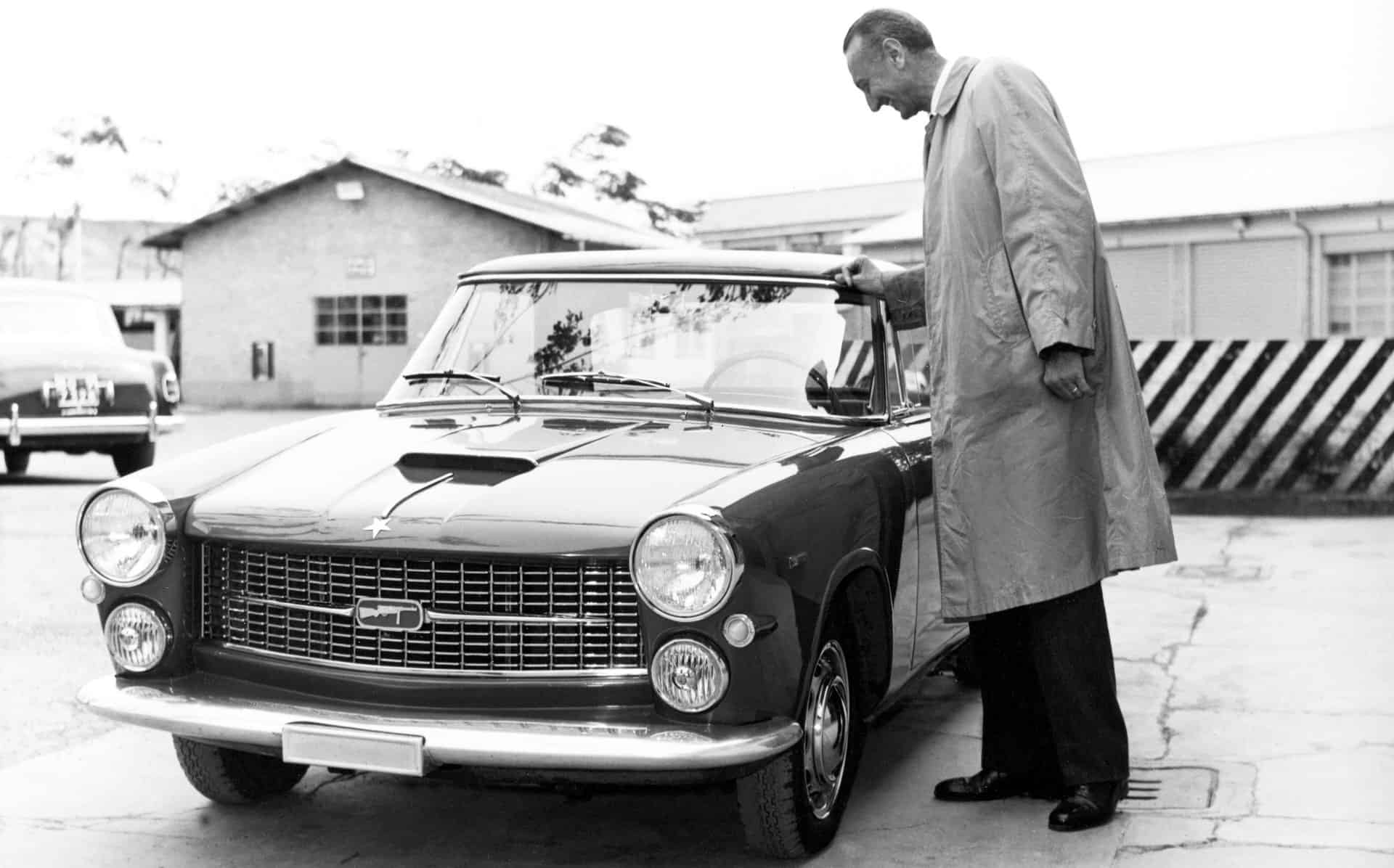
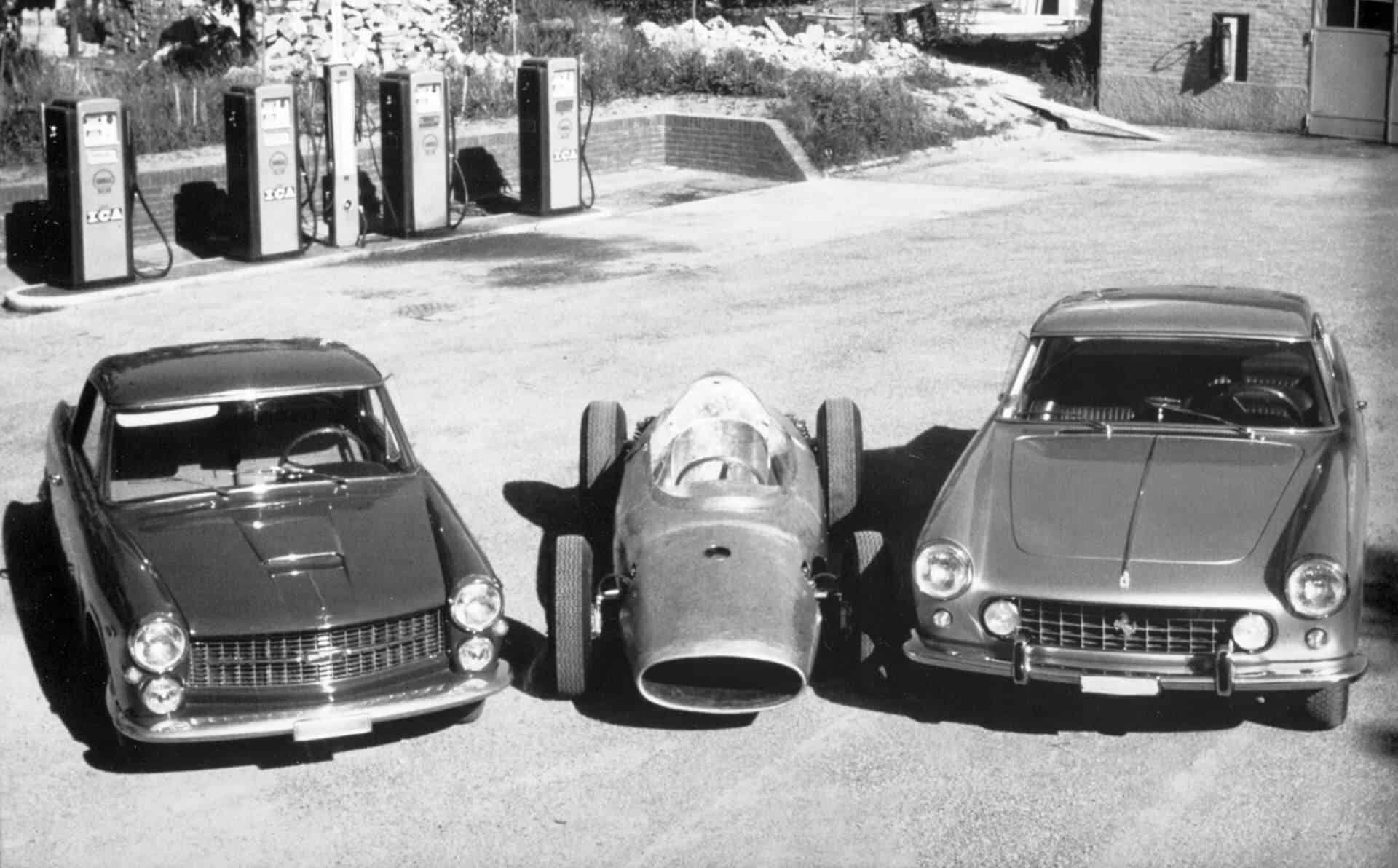
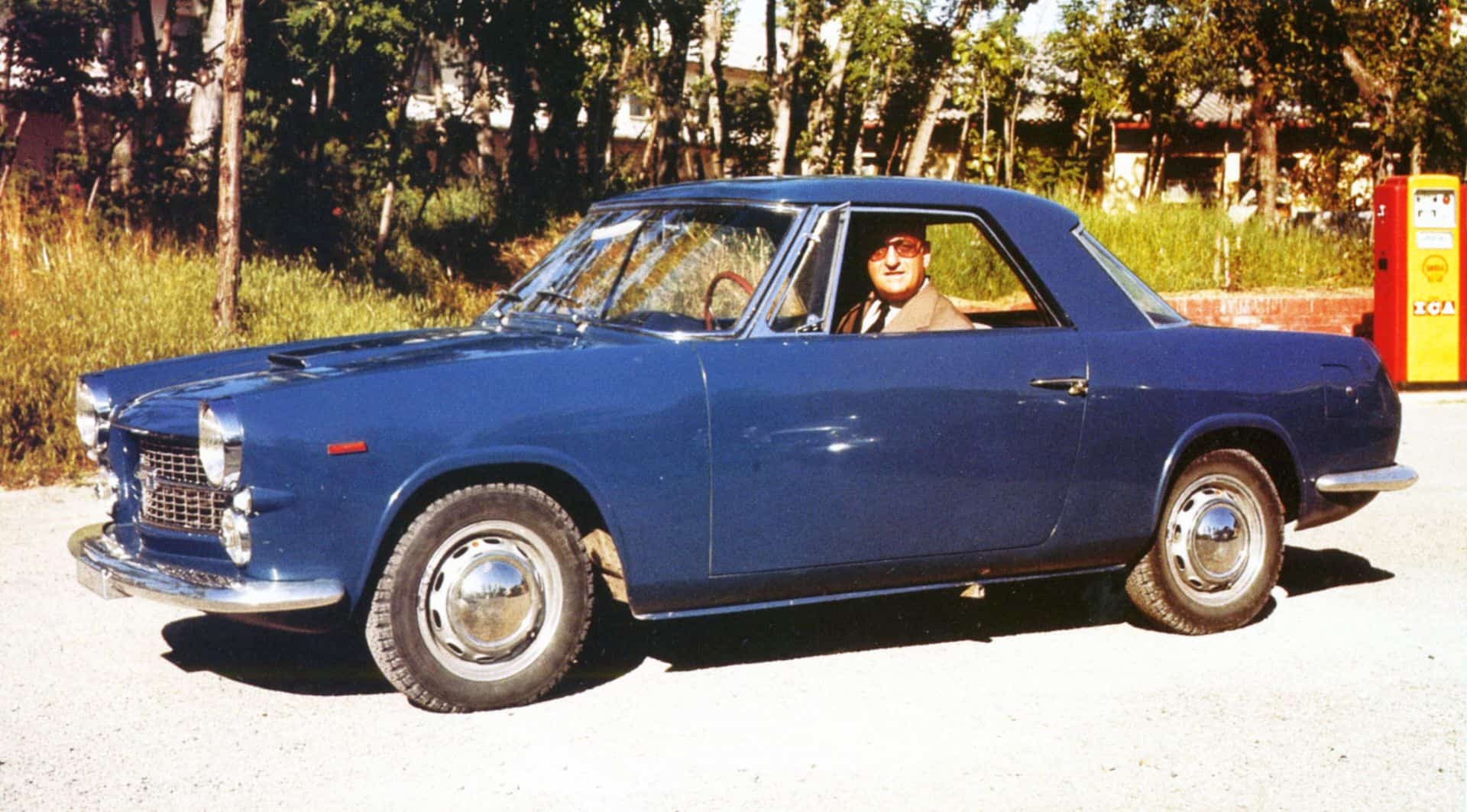
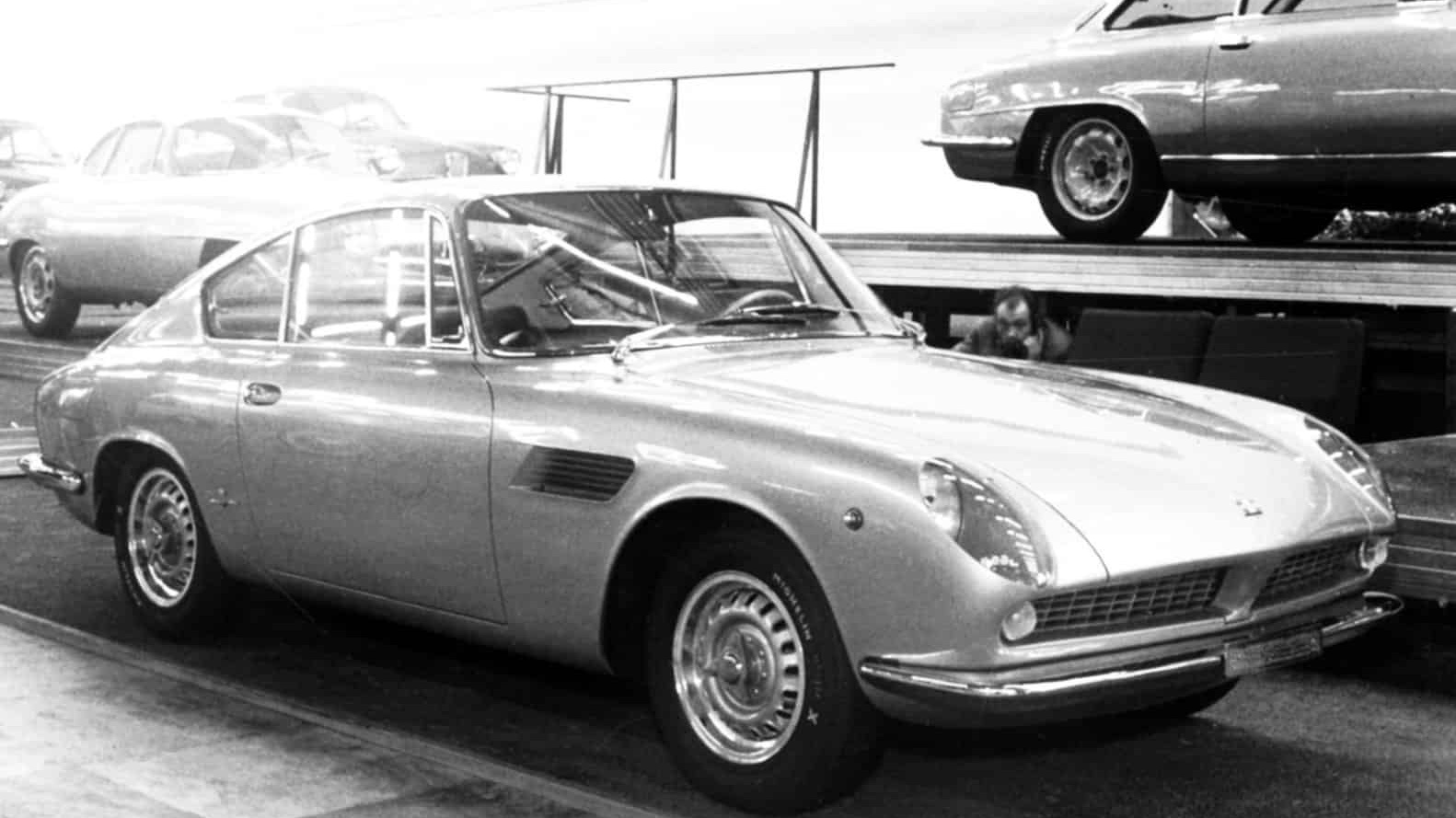
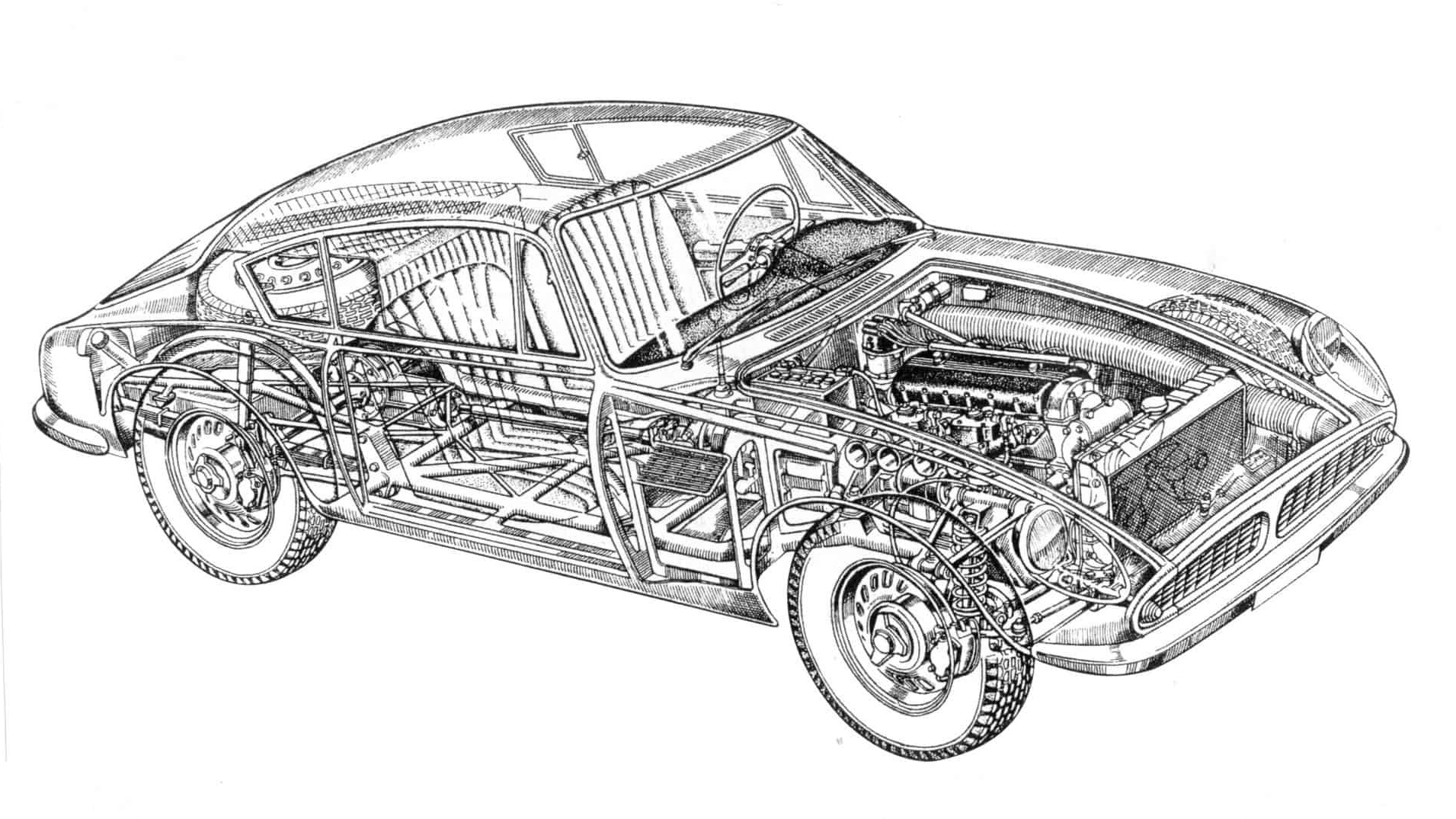
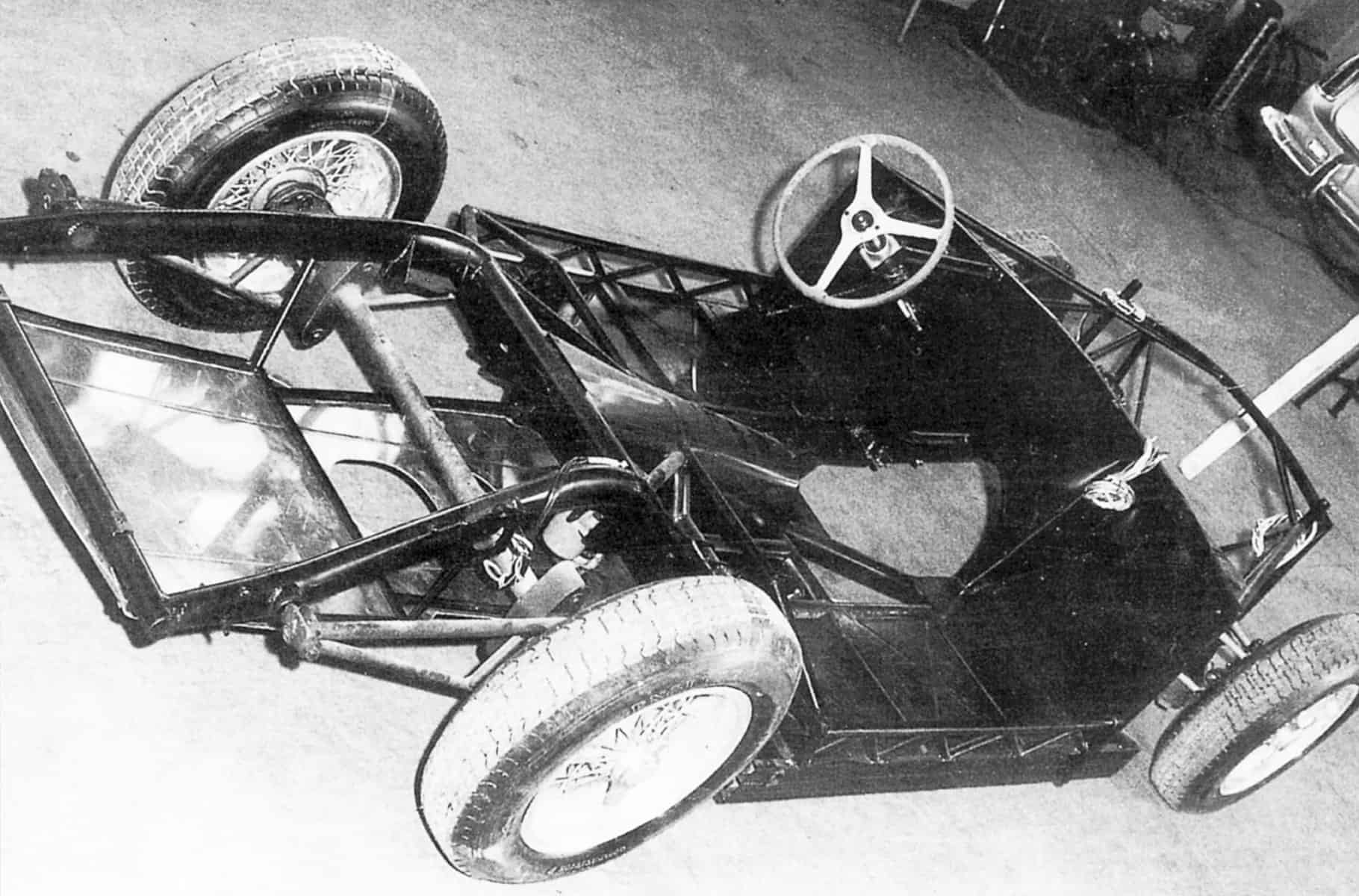
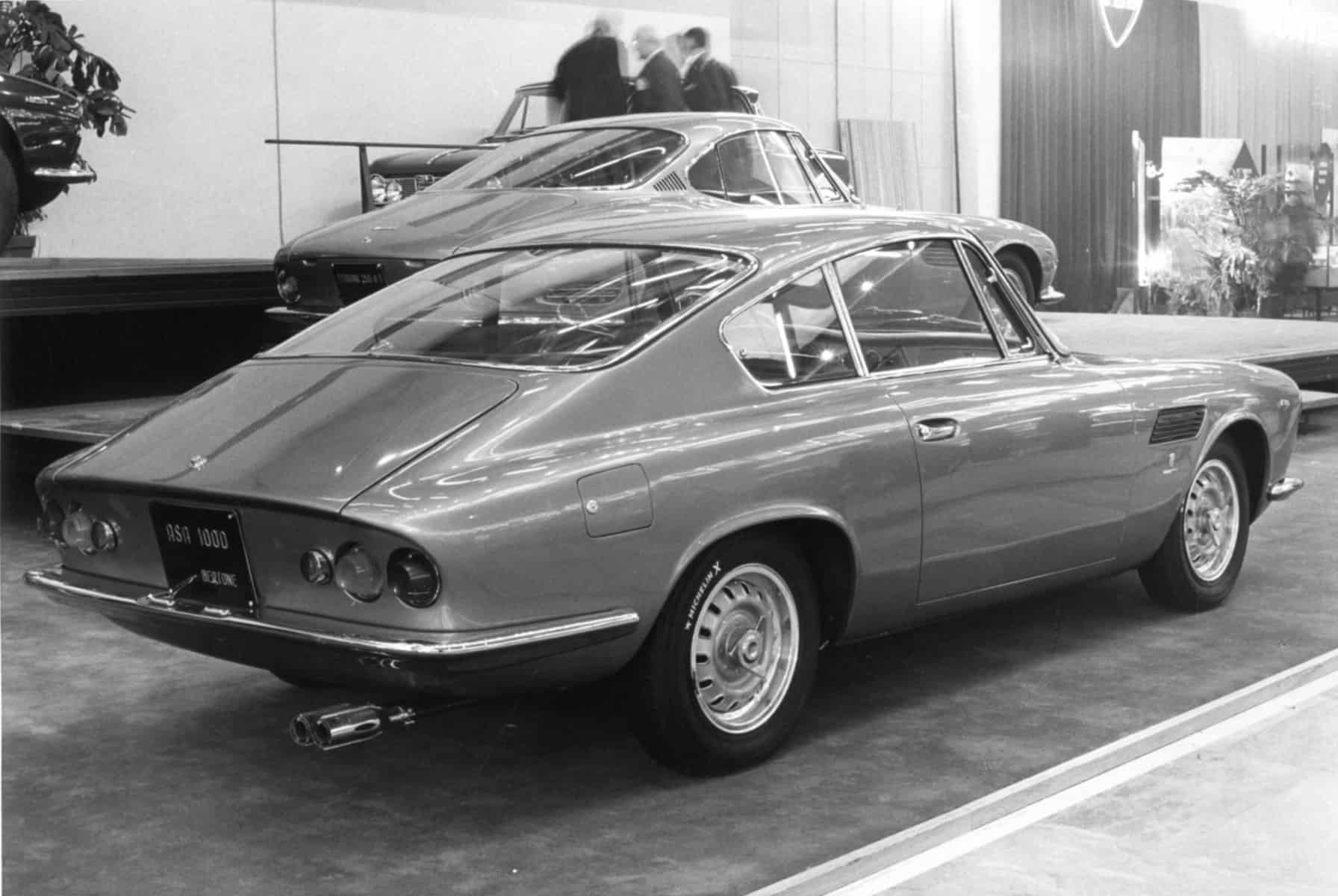
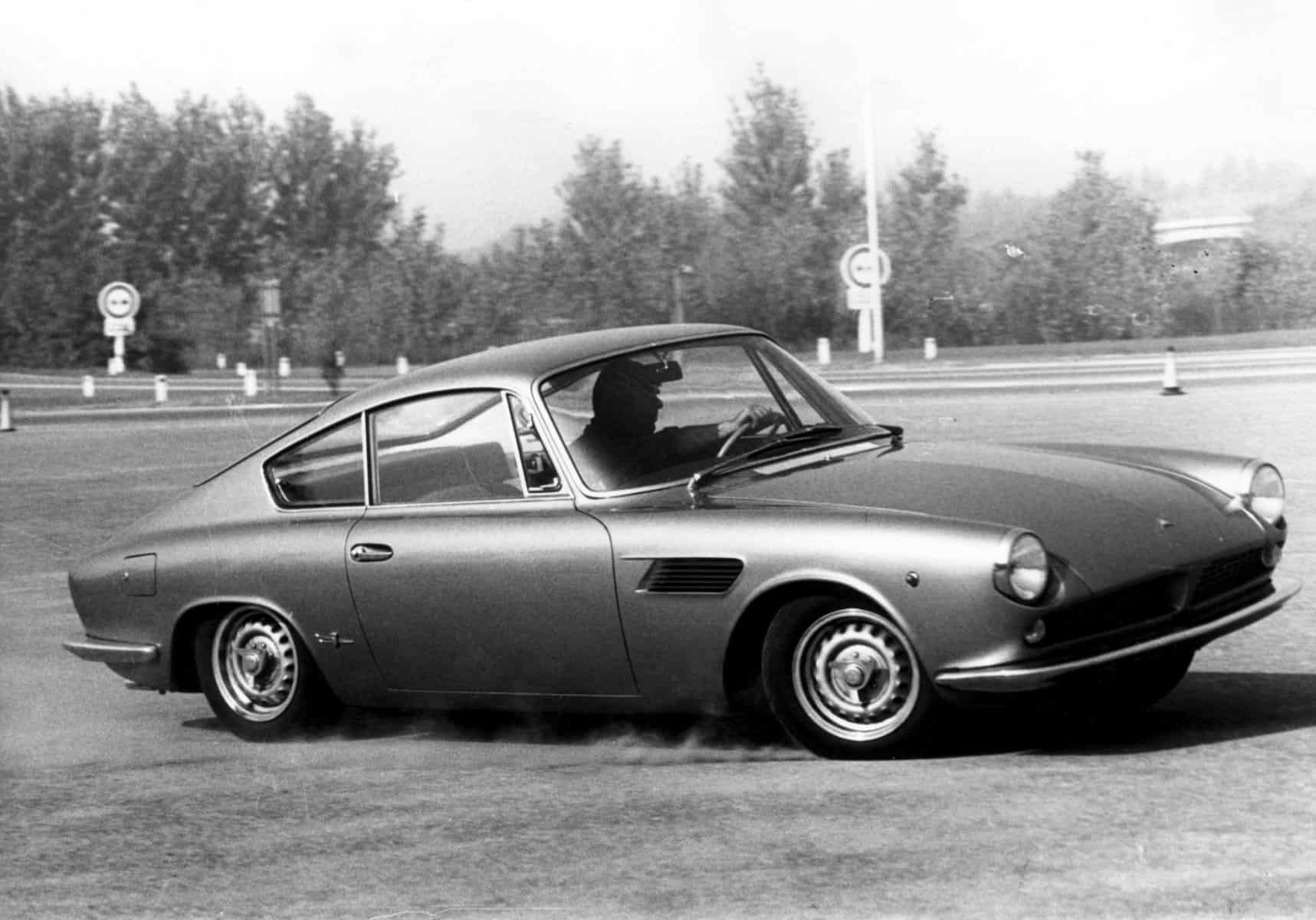
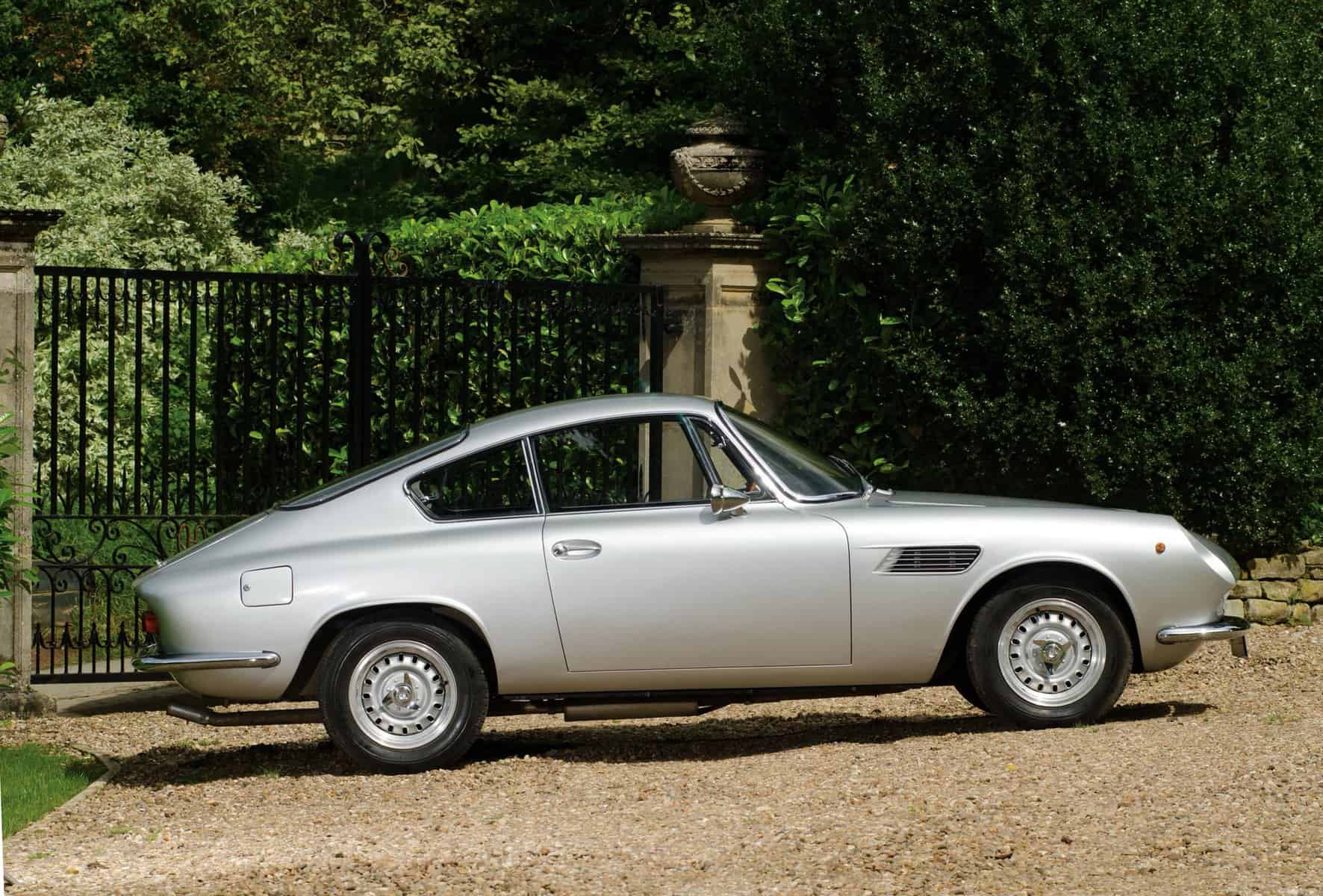
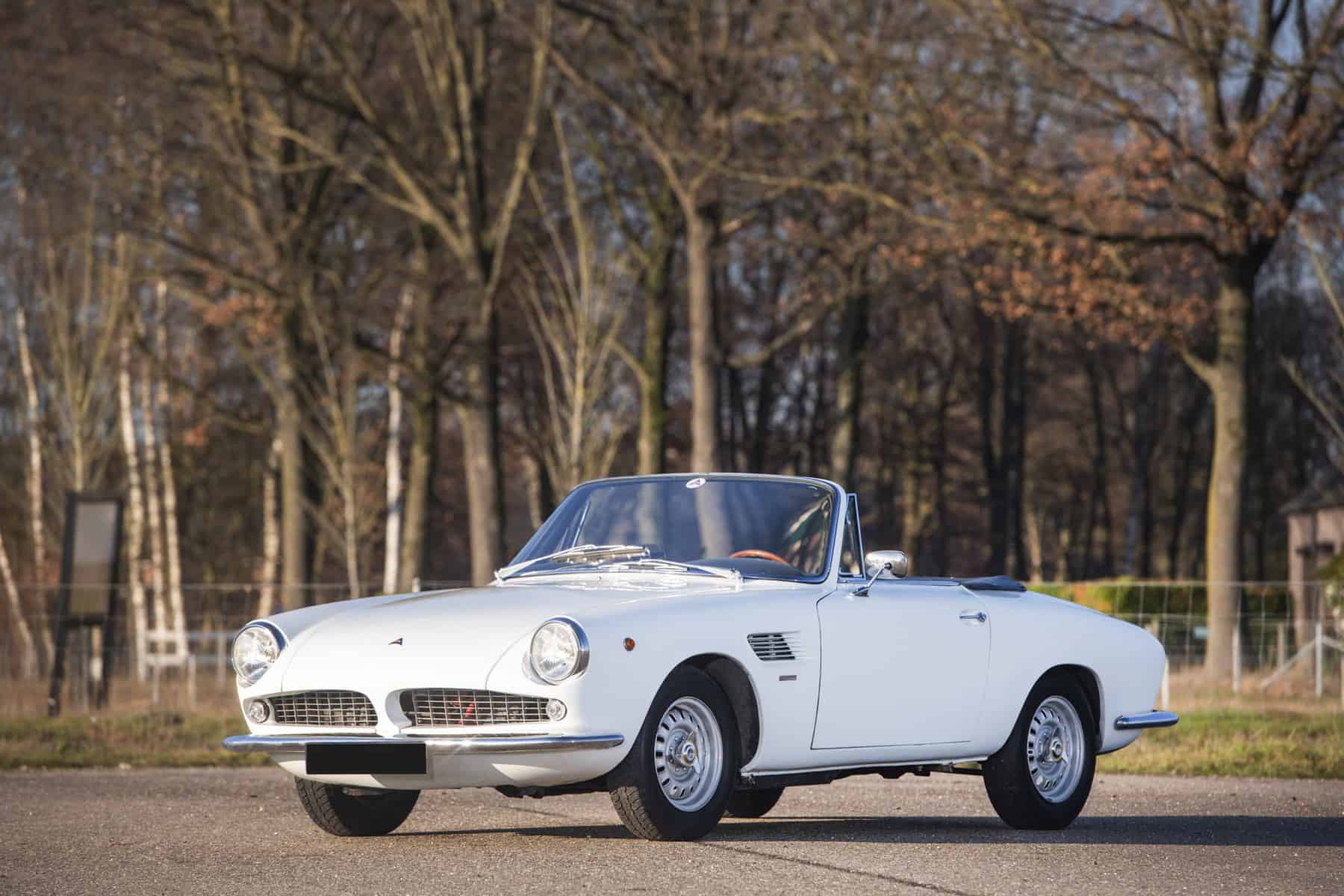


![alfa gtz perfectly imperfect webannerl[1]](https://automedia.revsinstitute.org/wp-content/uploads/2024/08/Alfa-GTZ-Perfectly-Imperfect-webannerl1-uai-1200x800.jpg)
